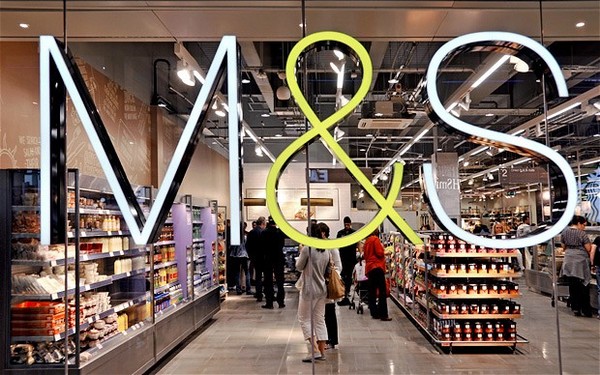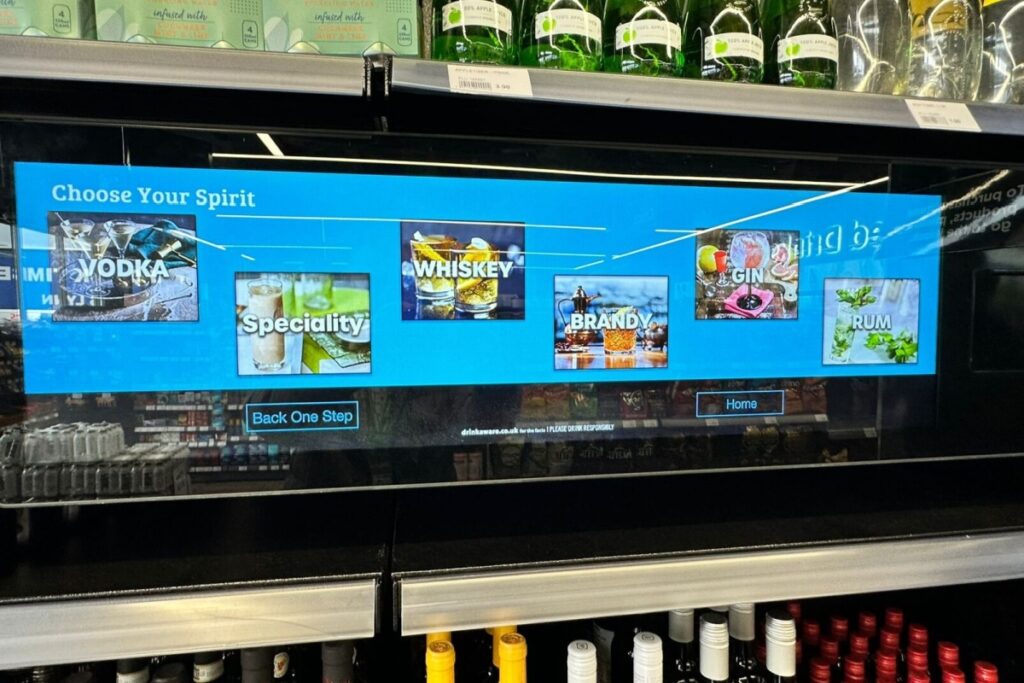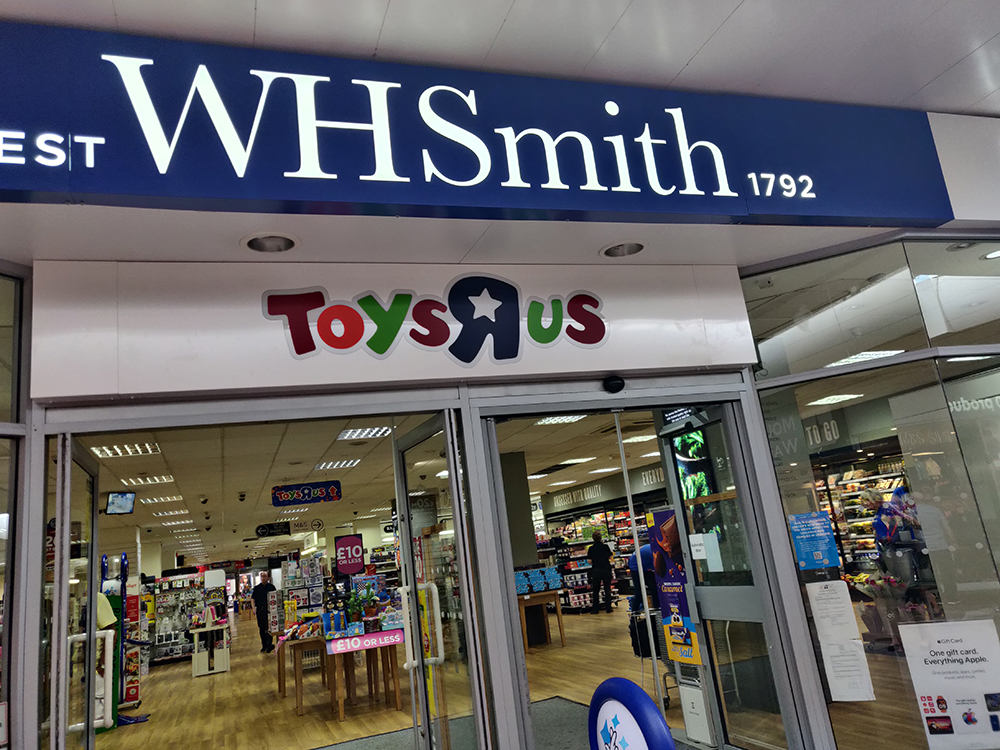As the move to fill excess space in stores with non-food merchandise continues for UK grocers, Marks and Spencer‘s food business has outperformed in a “very competitive market”.
The 131 year old retailer‘s sales online were down 2% over the year, following a change to Amazon‘s platform and unprecedented demand over the Christmas period, but the British business brought it back for the fourth quarter after making some improvements, and the board remains confident about the year ahead.
Looking forward, the high street giant plans to focus on delivery, continuing work on logistics, with the same short-term priorities as is usual: food sales growth, general merchandise gross margin improvement as well as strong cash generation. The company‘s food offering is well positioned in a challenging UK food market, having opened 62 new Simply Food stores with performance ahead of expectation.
“We made good progress in three of our four key priorities for the year. In Food, we had an outstanding year in a difficult market. In GM, we significantly increased the gross margin, and, while sales performance was below our expectations, we returned to growth in the fourth quarter. We continued to control costs and capital expenditure tightly, resulting in significantly improved free cash flow,” Chief Executive Marc Bolland said in a statement this morning. “We are transforming M&S into a stronger, more agile business – putting the right infrastructure, capabilities and talent in place to drive our strategic priorities.”
M&S has, at last, genuinely pleased the market with plenty of good news across both strands of the UK business; encouraging updates on sourcing; and the resultant benefit for margins. After several bouts of self-inflicted foot-shooting, UK multichannel is back on track and we await with interest to see if the suede skirt continues to fly out of the fulfilment centre,” asks Bryan Roberts, Direct Retail Insighs at Kantar Retail.
He continues: “The elephant in the room continues to be M&S‘s ability, or lack thereof, to recruit and retain younger shoppers. Will the business be content serving an ageing customer base? Or is something more radical required to increase the retailer‘s relevance to the more youthful market segment?”


















